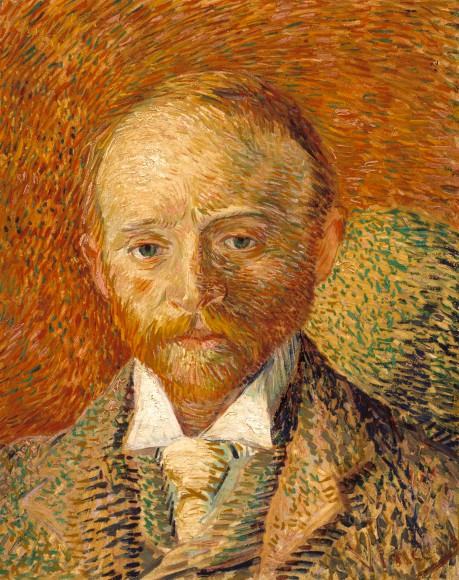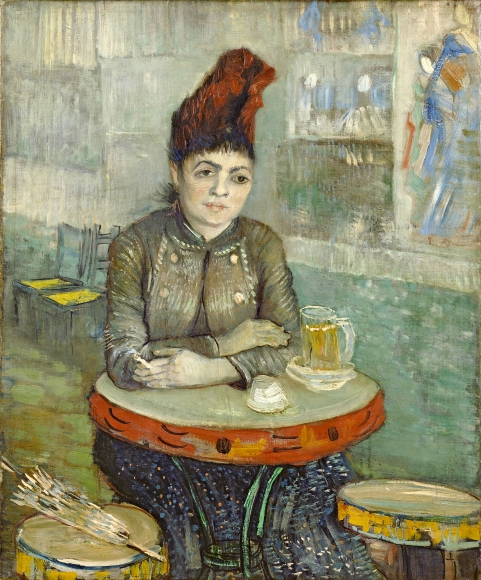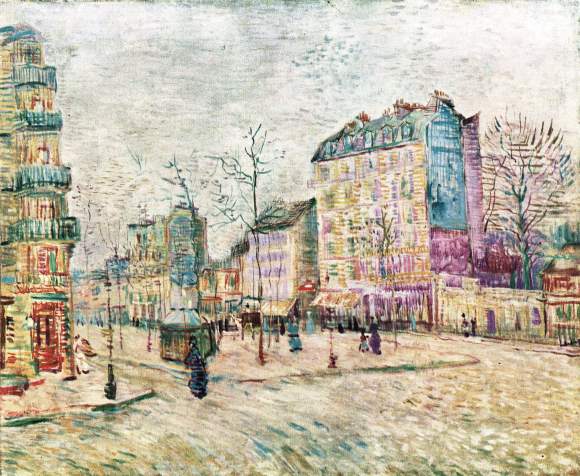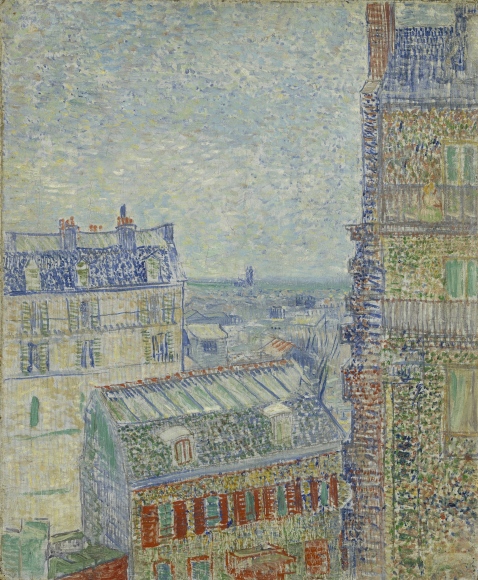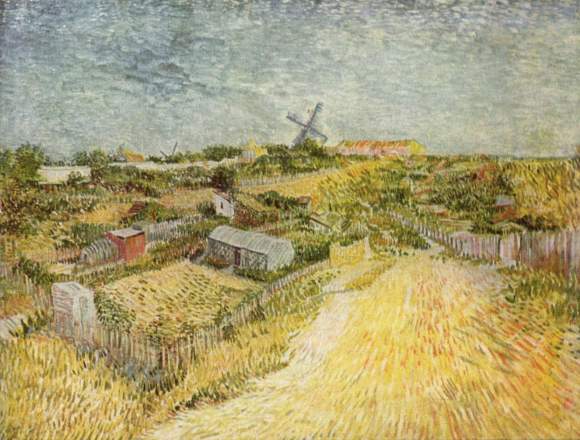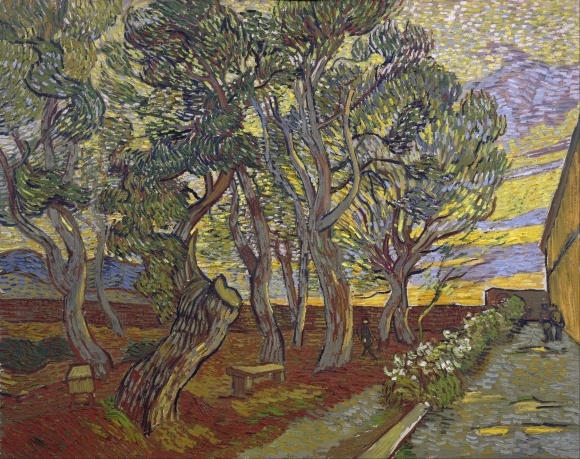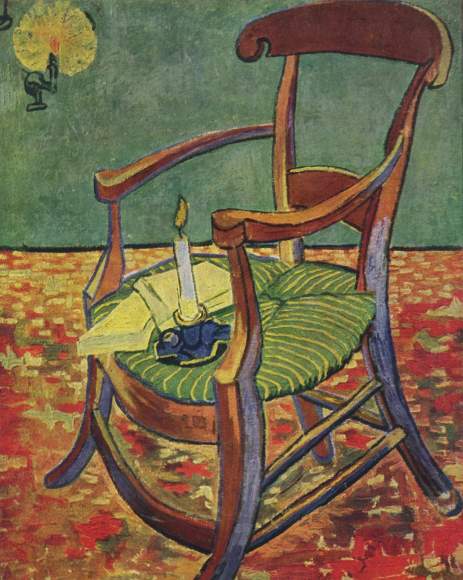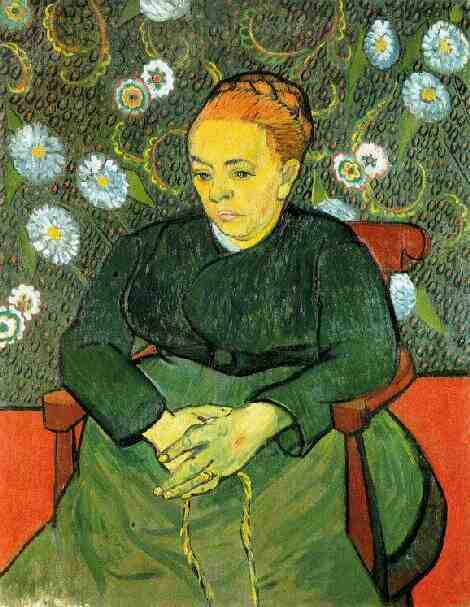
With her funeral passing easefully enough last Wednesday morning, the inclination to join those voices contending the legacy of Margaret Thatcher is strong. Severe criticism of Thatcher in the week and a day that passed between her death and her funeral was limited in the mainstream press, and significantly restrained amongst the political classes. David Cameron cut short his European tour and gratuitously recalled parliament for a day intended to serve purely as tribute to her, and it largely did so, with a flurry of fond Conservative reminiscences; though of the Labour MPs who attended – around half of Labour’s total of 255 – a small number, Glenda Jackson prominent, stood to censure her time in power, along with some of the several DUP and SNP MPs.
Of the numerous official statements political figures made on the day of her death, Ken Livingstone and Neil Kinnock lamented the effects of her premiership, and George Galloway was more vociferous but marginalised. Serving Labour politicians, and Labour leaders from Tony Blair onward, were sympathetic. Blair was boldest, arguing that she changed the political landscape of the world, and admitting his Labour government had retained some of her policies. Ed Miliband and his predecessor as Labour leader, Gordon Brown, typified the stilted tone struck by most: the former stating that, though he disagreed with much of her politics, he respected her ‘political achievements and personal strength’; the latter similarly praising Thatcher’s ‘determination and resilience’, the ‘strength of her convictions and her unwavering belief in Britain’s destiny in the world’ – adding that he was pleased he had been able to treat the Lady by inviting her to Downing Street during his time in office.
The idea was heavily promulgated that any criticism was undignified and unacceptable, as one must not speak ill of the recently deceased. Labour MP Tom Watson said, ‘I hope that people on the left of politics respect a family in grief today’. This thought was echoed a week later by the Bishop of London, Richard Chartres – a friend of Thatcher’s – who gave the address at her funeral, and put it that, ‘Lying here, she is one of us, subject to the common destiny of all human beings’. Chartres’ address has been widely praised, and it sought to humanise Thatcher through a focus on her Methodist Christianity; her moral rather than explicitly political values; and via a pleasant enough but fairly banal recapitulation of her response to a letter from a nine-year-old boy – a tale fitting for any Sunday homily.
However, though many of the parliamentary tributes sought to evoke a similarly human figure, it remains that a great deal of the business around Thatcher’s death – the rhetoric, led by the Conservatives, which was forwarded as entirely fitting and acceptable; and the events, the impromptu parliamentary session and the ceremonial funeral – was undeniably political, ideology masked as commemoration. David Cameron stated in his first interview upon her passing that ‘The real thing about Margaret Thatcher is she did not just lead our country, she saved our country. And I believe she will go down as the greatest British peacetime Prime Minster’. These lines – that Thatcher ‘saved our country’ and was ‘the greatest British peacetime Prime Minister’ – were ones he repeated throughout the day. Ian Duncan Smith, former Conservative leader and current work and pensions secretary, said of Thatcher, ‘Watching her set out to change Britain for the better in 1979 made me believe there was, at last, real purpose and real leadership in politics once again’.
With such statements brazenly upholding and acclaiming Thatcher’s political values and her political legacy, the attempts to restrain and limit even the most fervent criticism were patently absurd, if not insidiously immoral. The words and acts of Thatcher’s supporters were neither confined to nor resting upon her humanity, but celebrated her politics. So those who disagreed with her politics, however strongly, should have been permitted to make the opposing argument. Otherwise those in power are rewriting history, sending Thatcher off from this world bathed and profiled in a light coming only from one side; and attempting simultaneously to manipulate the present political spectrum to their own ends. The recalling of parliament and the granting of a ceremonial funeral, with military honours, were themselves political and politicising acts, exceptionalising Thatcher (Cameron argued that her funeral plans had been established by the previous government; but implied he had amended these plans in whatever ways he saw fitting).
The endeavour to halt any untoward word attained the realm of farce in the headlining debate over The Wizard of Oz song, ‘Ding Dong! The Witch is Dead’. The song – originally from the 1939 film – rose quickly in the UK music charts in the days after Thatcher’s passing, its popularity rooted in an online campaign to propel the song to mark her death. The Daily Telegraph and The Daily Mail expressed outrage at the song’s rising chart position; arguing that to air it would be to hand a ‘propaganda victory to left-wing agitators’, politicising the charts and ceding to those seeking to denigrate Thatcher. The Sun found two of the three surviving Munchkins from The Wizard of Oz, and stressed their ‘fury’ at the way the song was being used.
With the song at number two in the charts by the week’s close, BBC Radio 1 controller Ben Cooper felt forced into a decision: writing that he found the campaign ‘as distasteful as anyone’ and that ‘in the middle of this furore is a grieving family’, he argued he had reached a ‘compromise’ by determining to play only seven seconds of the 51-second song on air, accompanied by a short news report explaining why the song was present. Yet surely the only impartial thing when it comes to the top forty of the music chart is to play the top forty of the music chart, uncensored, unfettered by explanation. The arguments that the charts shouldn’t be in tow to minority groups, and that music shouldn’t be politicised, seem to neglect the nature of the music business; of mass marketing by major labels; of all songs which achieve their success as representatives of specific groups, or as viral sensations; as well as ignoring a rich history of political music, and the referential and re-contextualising nature of the art form.
After all of this, what is the political legacy of Margaret Thatcher? Primary among the global responses to her death was Barack Obama’s statement, in which he called Thatcher ‘one of the great champions of freedom and liberty’. The Economist chose to summarise her in a related way, with the cover of its 13 April edition carrying a picture of Thatcher beneath the headline, ‘Freedom fighter’. The notion of Thatcher as an international combatant for freedom is contentious, and rests on her willingness to engage with the Soviet Union and Mikhail Gorbachev, which undoubtedly served to help bring about an end to the Cold War. After leaving office, she spoke against Serbian aggression, in support of Croatian and Slovenian independence. These things must be contrasted with her open and covert support for the Khmer Rouge in Cambodia and for Augusto Pinochet in Chile; her opposition to sanctions against South Africa during apartheid, and her declaring Nelson Mandela’s African National Congress a ‘typical terrorist organisation’; and her efforts – and expressions to Gorbachev – against the reunification of Germany.
The Economist‘s emphasis on Thatcher as ‘freedom fighter’ implicates, as much as international affairs, her economic liberalism. Citing a quotation by Abraham Lincoln, beginning ‘You cannot strengthen the weak by weakening the strong’, which Thatcher supposedly carried about her wherever she went, The Economist depicts ‘The essence of Thatcherism was a strong state and a free economy’. Yet the short and long-term results of Thatcher’s economic policy are as much fought over, and as open to vastly differing interpretations, as any other aspect of her politics.
Influenced by Friedrich Hayek – whose The Constitution of Liberty Thatcher once produced and declared the defining text of her form of Conservatism – and adopting the monetarism of Milton Friedman, drawn through her guide Keith Joseph, Thatcher’s economic policy at the beginning of her government sought first and foremost to lower inflation. To control the amount of money in circulation, she increased interest rates; and cut subsidies to industry, spending on education, and spending on housing. Summarising her achievements, The Economist notes that, owing to these policies, under Thatcher ‘The inflation rate fell from a high of 27% in 1975 to 2.4% in 1986’. This was relatively short lived: by 1990 and the end of her leadership, inflation was up, at just under 10%. More, the focus on lowering inflation had significant and lasting repercussions.
The Housing Act 1980 gave tenants the ‘Right to Buy’ their council houses at vast discounts: from 33% up to 50% for those who had lived in their council home for twenty years or more. This was certainly a populist policy, and won Thatcher significant working class support. James Forsyth in The Spectator argues that the policy evinced Thatcher’s pragmatism; that, taking only the right bits from Karl Marx, she created a new class of property owners; but it is debatable whether the policy provided long-term security for the individuals concerned, much less for the country as a whole. Home ownership rose from 57% to 67% as £17.6 billion worth of council house property was sold by the government between 1980 and 1990. That amounted to 1.34 million properties; while in the same period, fewer than half a million new council homes were built, Thatcher’s restrictions upon local councils – who she viewed as left-wing, distrusted, and increasingly controlled – preventing them from spending the proceeds of house sales on new builds.
The legacy of this has been an ever-greater shortage of social housing. The lack of available housing has seen house prices rise: the average house price doubled from just over £20,000 when Thatcher took over, to around £55,000 when she left office; and after falling slightly through the middle of the 90s, it rose rapidly through the 2000s so that the average house price today stands at £160,000. The ground was laid for the significant growth of the private rental market. The Housing Act 1988 shifted the balance of power in private rental agreements from tenants to landlords, who were allowed to charge as they liked. With those who would otherwise take social housing having to rent on the private market, susceptible to its high and ever-increasing rents, Thatcher’s housing policy is considerably responsible for the huge increases in the state’s housing benefit bill, which the present Conservative-led government uses to vilify welfare.
Thatcher was content for people not to work. The Economist describes how, for the generation of politicians after the Second World War, ‘full employment became the overriding object of political life’; so that when Edward Heath attempted a more free-market approach to the economy in the early 1970s, rising unemployment – which briefly passed the 1 million mark for the first time – saw him quickly backtrack. After the Winter of Discontent of 1978-79, by the time Thatcher won her first election, unemployment was at 1.3 million. Her early spending cuts saw this figure rise sharply: by 1981, there were 2.7 million unemployed, street protests, and 364 leading economists criticised her economic policies in a letter to The Times. By 1982, unemployment passed 3 million, and stood at 13% – up from 5.7% in 1979.
The unelectability of the Labour Party and national sentiment after the Falklands War enabled Thatcher to nevertheless sweep to a second term in 1983. It was at this point she began her privatisations: of British Gas, British Telecom, and British Airways. The sale of these nationalised industries brought in £29 billion; and in another populist move, the public were encouraged to buy shares in the newly privatised companies, though this resulted in no lasting change in the balance of share ownership across the country, with individual share ownership continuing to decline.
There were some areas which Thatcher would not touch or struggled to affect. She would not contemplate the privatisation of the railways, reportedly stating ‘Railway privatisation will be the Waterloo of this government’. John Major’s government enacted the difficult and still-contested privatisation of British Rail in 1993. The rewording of Clause IV by Tony Blair in 1995, detaching the Labour Party from a commitment to nationalisation, marked a break with the party’s past and with its divided 1980s. Blair’s Labour government embarked upon the privatisation of facets of the NHS and state education, through much-criticised Private Finance Initiatives, whereby public infrastructure projects are funded with private capital – the interest rates private providers demand, allied to the mismanagement of projects, often leaving the taxpayer with an extortionate bill over a prolonged period. Under Andrew Adonis, Blair’s minister for education, Labour also began their academies programme, enabling schools to become independent of local government control. In their leading piece on Thatcher’s death, entitled ‘Mrs T’s unfinished business’, The Spectator discusses Keith Joseph’s inability to pass significant school reform in the early 80s; and argues Michael Gove is successfully bringing to fruition in education the seeds sown by Adonis.
Alongside these privatisations, Thatcher’s second term saw her biggest battle with the trade unions, which came in the form of Arthur Scargill, the National Union of Mineworkers, and the miners’ strike between 1984-85. Thatcher won the battle, in so far as the miners returned to work, the NUM leadership was shorn of authority, and the government’s public spending cuts were consolidated. The Economist highlights this as ‘a battle for the right of management to manage over the arbitrary use of union power, and her victory broke the unions for good. From a British perspective, it was the most important thing she ever did’. It notes that ‘The number of working days lost to strikes fell from 29m in 1979 to 2m in 1986′.
It seems clear that the unions had too much power and were striking far too often; and Thatcher’s achievement here was important. Her privatisations and her triumph over the trade unions drastically improved the country’s overall productivity, and helped secure her a third term in 1987. Moreover, the decline in overall manufacturing output that is often assumed as part of Thatcher’s cuts has perhaps been overstated. Statistics show that manufacturing output – after falling during the recession from the early-to-mid 80s – had risen from its 1980 level by 1990. Unemployment remained above 3 million until late 1987, then fell over the next three years, to 1.7 million in late 1990; though this was in conjunction with the aforementioned rise in these years of inflation. The truth seems less that manufacturing declined under Thatcher, more that the focus in manufacturing shifted from heavier to lighter industries; falling only as a proportion of the GDP, as non-manufacturing industries, notably the financial services sector, grew and took up space. Manufacturing in the UK experienced a more severe decline under Tony Blair and Gordon Brown.
The problem regarding Thatcher, the miners, trade unions and manufacturing concerns the divisive nature of Thatcher’s battles: her emboldened, sometimes belligerent rhetoric; and the way that the closure of mines and other changes in manufacturing had a disproportionate impact on northern communities. During the miners’ strike, Thatcher notoriously said, ‘We had to fight the enemy without in the Falklands. We always have to be aware of the enemy within, which is much more difficult to fight and more dangerous to liberty’. Characterising those striking as ‘the enemy within’ stoked anger and contributed to a deep-seated resentment, which grew as former mining communities were forgotten, left without work.
The Spectator‘s leader admits, ‘When pits and factories closed, ministers imagined that men of a certain age – who could not be expected to retrain – would sign on to benefits and wait for retirement. A one-off cost. Instead, welfare dependency moved in as industrialisation moved out, and it continues to blight each new generation’. The response to this, according to The Spectator, is that people on incapacity benefit should be forced to do whatever work they can; and that the country must be persuaded this is being done ‘to save lives not money’. It seems dismissive to depict the demise of a way of life as ‘a one-off cost’; contemptuous to presume that lives will be saved by propelling people into a vacuum of underpaid, intellectually and physically stultifying menial labour. The ramifications of Thatcher’s policies devastated communities in the north; and made the Conservatives a party of the ‘rich south’, no longer a national party, making it difficult for them to attain a parliamentary majority.
In the realm of taxation, Thatcher broadly worked towards two goals: she lowered direct taxes, preferring methods of indirect taxation; and her tax changes systematically favoured the wealthy. Early in her first term, while increasing interest rates and cutting spending, she almost doubled the rate of VAT, from 8% to 15%. The top rate of income tax was cut from 83%; initially, in her government’s first budget, to 60%, then in 1988 to 40%; and the investment income surcharge – which had, in the mid-70s, put the top rate of tax on investment income at 98% – was altogether dropped. The basic rate of income tax was cut in successive budgets from 33% to 25%.
Domestically, Thatcher’s Community Charge – the infamous poll tax – did much to undermine her premiership. The poll tax sought to replace the rates system of taxation, according to which local government was funded by taxes people paid depending on the nominal rental value of their home. The rates system thereby implicitly linked taxation and wealth – those with higher value properties paid more in local government tax. Yet the rates were difficult to evaluate and there was no upper limit, and Thatcher was eager for an alternative. The poll tax instead levied a flat-rate tax on every adult. Thus a father earning a minimum wage, living in a cramped home with his family, was required to pay the same to his local government as a millionaire living alone in a mansion. The tax was implemented first in Scotland in 1989, then in England and Wales in 1990, to demonstrations and riots; it proved difficult to administer and enforce; and was soon dropped by the subsequent government.
The Big Bang of 1986 was the deregulation of the financial markets, which strengthened London’s position as a major financial capital and saw the boom of the financial services sector. Economic liberalism did not extend to liberalism elsewhere: like her counterpart in America, Ronald Reagan, Thatcher was unable to ‘roll back the frontiers’ of the state. Public spending took up the same proportion of GDP in 1990 as it had in 1979, with the cuts to education, housing and industry offset by rises in spending on law and order, employment, health, and social security. Power was centralised, both in her person and in Whitehall, as it was taken away from local councils.
She did lower the national debt markedly, from 44% of GDP in 1979 to 27% in 1990 – but this was only made possible by the exceptional revenue afforded the government through the sale of industries and council houses, and from taxing at 90% the extraction of North Sea oil. Oil revenues, which barely registered in the 70s, gave Thatcher’s government close to £100 billion during the 1980s (estimated at around £18 billion per year when adjusted for inflation). Without this flow of oil, there could have been neither the reduction in the national debt, nor the tax cuts for the rich. Even with these things, GDP – though more stable – rose only marginally throughout Thatcher’s leadership when compared with the previous decade. The year-on-year average rise in GDP across the 70s was 2.55%; in the 80s, it was 2.79%.
The anger which had built towards Thatcher amongst miners and teachers; which had developed in much of the north; which was felt by many of the working class, who hadn’t benefited from her tax breaks; which anger became an outpouring in response to the poll tax: this was not what ultimately brought about her demise. This owed instead to anger from within her own party, ostensibly concerning Europe. Thatcher was not single-mindedly opposed to European integration. In fact, before becoming Prime Minister, as leader of the opposition in 1978, she had been critical of the Labour government for failing to sign to the European Exchange Rate Mechanism. In 1986 she agreed to the Single European Act, which bound the countries of the European Common Market (or European Economic Community, the precursor to the EU) closer together: the first major revision of the 1957 Treaty of Rome, it set a date of 1992 for the creation of a European single market, and codified the integration of foreign policy among member states.
On the other hand, having campaigned for it since 1979, in 1984 she secured a rebate from the EEC for the UK, amounting to two-thirds of the difference between the UK’s European contributions and receipts. This rebate amounted to £700 million when first obtained, and continues to be worth around £3 billion a year today. As the 80s progressed, Thatcher became more confrontational on European matters – both against fellow European leaders, and in opposition with members of her Conservative party.
The Westland affair in 1986 saw a fallout with her Defence Secretary Michael Heseltine, which Thatcher even feared might end her leadership. Thatcher and Heseltine disagreed over how to save the Westland company, Britain’s last remaining helicopter manufacturer, with Thatcher desiring a merger with an American firm, Heseltine with Italian and French companies. After correspondence was leaked casting Heseltine in a poor light, he resigned his position, criticising the lack of collective cabinet responsibility. Then came a speech in Bruges in which Thatcher theatrically decried proposals for an EEC with a new federal structure – condemned by Thatcher as an attempt to impose a ‘European super-state’. She moved against joining the Exchange Rate Mechanism, even as her Chancellor, Nigel Lawson, and Foreign Secretary, Geoffrey Howe, fervently encouraged her to set a date by which to join. Though she finally agreed to join in October 1990, her refusal to set a date, and her vehemence in European debates, had alienated some of her closest ministers.
Perhaps there is a sense in which Europe became the battleground, magnifying upset within the party at Thatcher’s increasingly authoritarian and dismissive leadership style. More, the Conservatives had fallen well behind the Labour Party in the opinion polls over the preceding eighteen months. On 1 November, Howe – Thatcher’s initial Chancellor and the longest-serving member of her Cabinet; who was at the time Deputy Prime Minister and Leader of the House of Commons – resigned from his roles. Issuing at first a careful, considered letter of resignation, Downing Street in response downplayed his differences with the Prime Minister; and so he was compelled, on 13 November, to give a resignation speech in the Commons. His withering speech evoked, by means of a cricketing analogy, Thatcher’s attitude towards her ministers on Europe: ‘It is rather like sending your opening batsmen to the crease, only for them to find, as the first balls are being bowled, that their bats have been broken before the game by the team captain’.
The following day Michael Heseltine announced a challenge upon Thatcher’s leadership of the Conservative Party. Thatcher won the first ballot over Heseltine, but not by the 15% of votes required to prevent a second ballot. With speculation that Conservative MPs were ready to switch allegiances, Thatcher finally considered her position untenable and chose to resign. In the subsequent round of the leadership election, John Major entered the fray, and was so close to obtaining a majority ahead of the other candidates – Heseltine and Douglas Hurd – that they withdrew. Major was thereby appointed Prime Minister on 28 November.
David Dimbleby closed his narration of Thatcher’s funeral on BBC One with more emphasis on her political strength: she was, he said, ‘a figure who imposed her will on this country’. Aside from the debates over her policies, her political and economic philosophies, the practicalities of her battles with the unions and in foreign affairs, Thatcher – as the longest serving Prime Minister of the twentieth century, and because of her lasting impact on politics, and her shifting of the political spectrum to the right – is central to any contemporary debate on leadership. What do we want from our political leaders? How should we vote for them? Is the traditional theory of incumbency – where an incumbent is presumed to have a strong advantage in any election race – changing where leaders are concerned?
It is arguable that imposing their will is precisely the opposite of what a premier should do, and of what we should want from them. Thatcher can be said to have made the role of Prime Minister more presidential, developing a cult of personality around herself; utilising sound-bites and the advertising agency Saatchi & Saatchi; neglecting parliament and, far from being first among equals, increasingly filling her cabinet with yes-men, abusing those who would dare to disagree; and doing all of this without the set of checks and balances inherent in the US system of government. Yet she receives relatively little censure for this enlarging of her role, because she is considered the epitome of a conviction politician, and convictions are admired, and the UK consistently desires strong political figures.
This is expressed in the distrust and resulting apathy there is in the country towards electoral reform, which is perceived as weak and European, leading to coalition governments of the general sort widely loathed today in the shape of the Conservative/Liberal Democrat coalition. In many ways it seems that coalitions are misunderstood, that their basis in compromise is antipathetical to the the public – two separate mandates cannot, of course, be implemented at one and the same time. The arguments that the Liberal Democrats, in choosing to enter a coalition with the Conservatives, have been able to amend and mollify and insert some policies; and that without them a minority Conservative government would have sought, and probably won, a majority in a hastily arranged subsequent election – these are seldom heard and little accepted.
Elsewhere, The Economist‘s leader posits that ‘Tony Blair won several elections by offering Thatcherism without the rough edges’. Like Thatcher, Blair stands accused of acting more President than Prime Minister. Yet his leadership carried a different strain. Whilst a strong leader in terms of political effects, election results, and world stature, Blair is viewed – owing much to Iraq, and with the convictions he does espouse held with suspicion and readily dismissed – as the adverse of a conviction politician. As a result of this there appear fewer ready to fight his corner (Blair, incidentally, in the week of Thatcher’s death, was published in the centenary issue of the New Statesman advising on the future direction of the Labour Party). With the phenomenon in the UK’s recent political history of two such large but controversial leaders, who each led three-term governments; and now the novelty of the present coalition; it is interesting to consider how the politics of leadership in the UK will be shaped over the coming years.









